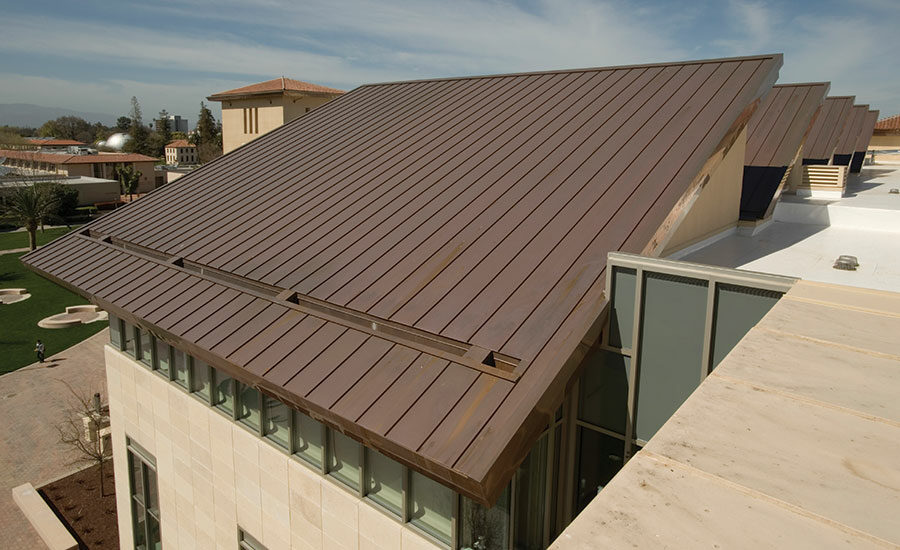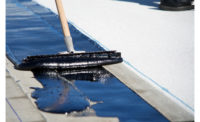More Than Just a Single Ply




It has been my privilege to work in the roofing industry for forty years, starting as an estimator in 1976. For much of that time I have been involved with single-ply roofing products, which started to enter the market about the same time I landed my first roofing job. Just as it was tough for me to gain experience and qualifications as a newcomer to the industry, it was difficult for single-plies to earn a place of respect among modern roofing systems. It took time to overcome initial problems of design and installation practice, but many dedicated people and commited companies worked hard to overcome these obstacles and develop the wide variety of durable and dependable single-ply roofs we use today.
Looking over the many outstanding roofing projects I’ve had the privilege of working on over the past forty years, it’s easy to see how modern sustainable single-plies have advanced in durability and value. Important features observed on the best of these projects almost always include:
- Improved surface durability featuring increased membrane thicknesses and cover boards.
- Proactive roof traffic protection through the use of walkway systems and roof-traffic planning.
- Improved storm resistance through increased wind uplift and hail ratings as well as the use of air and vapor barriers.
- Redundant detailing at critical areas of the roof using double flashings and seams and sacrificial membrane layers.
- Improved roof system “intelligence” based on new leak detection and monitoring technologies.
Not only do these features make modern single-ply roofs more durable, they make them more sustainable. And much of the new focus on durability can be traced back to the continuous process of improvement in modern single-ply roofing. And in that process of improvement, single-plies have become something different: now they’re more than just a single ply!
Looking for a reprint of this article?
From high-res PDFs to custom plaques, order your copy today!








